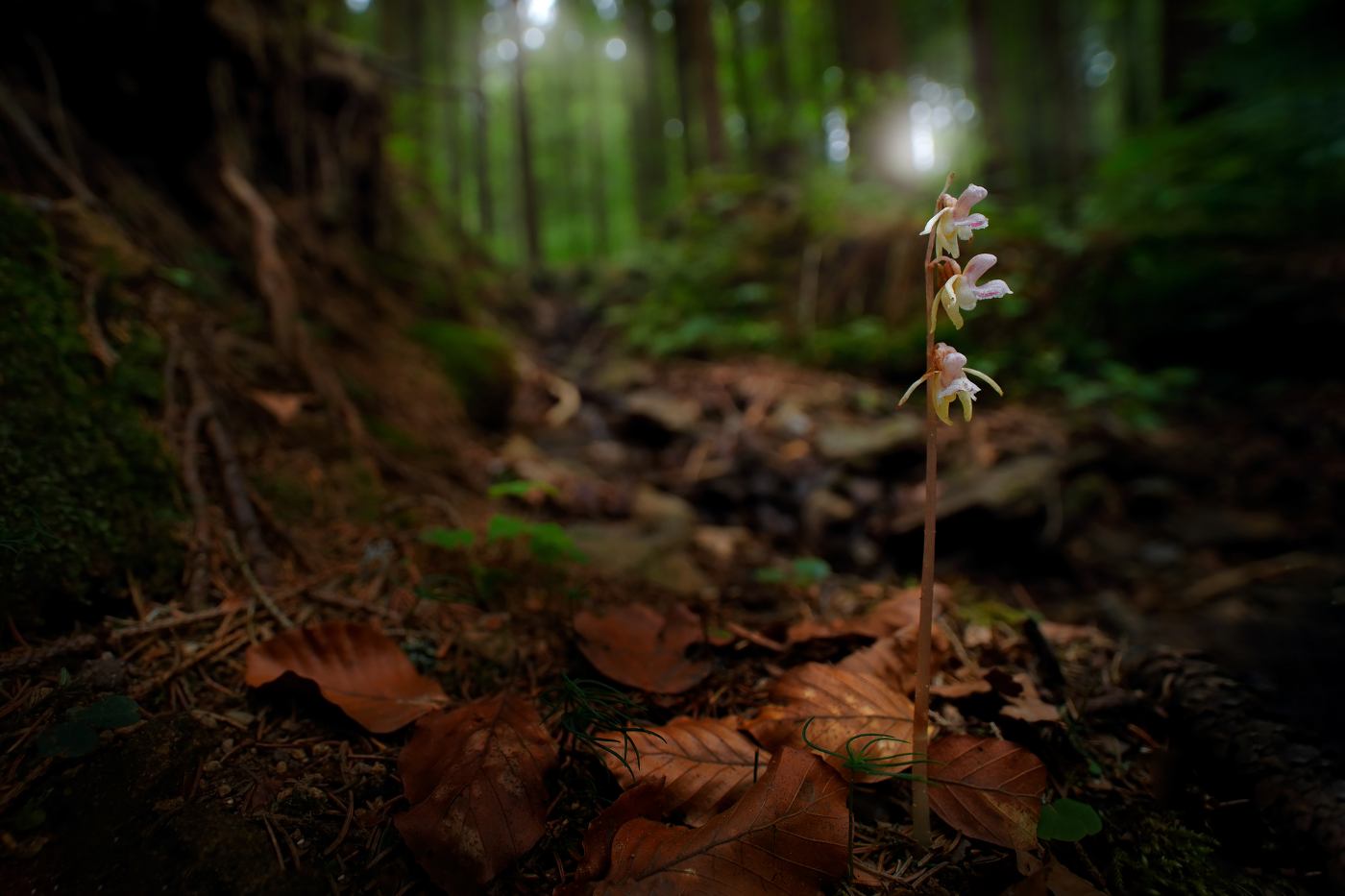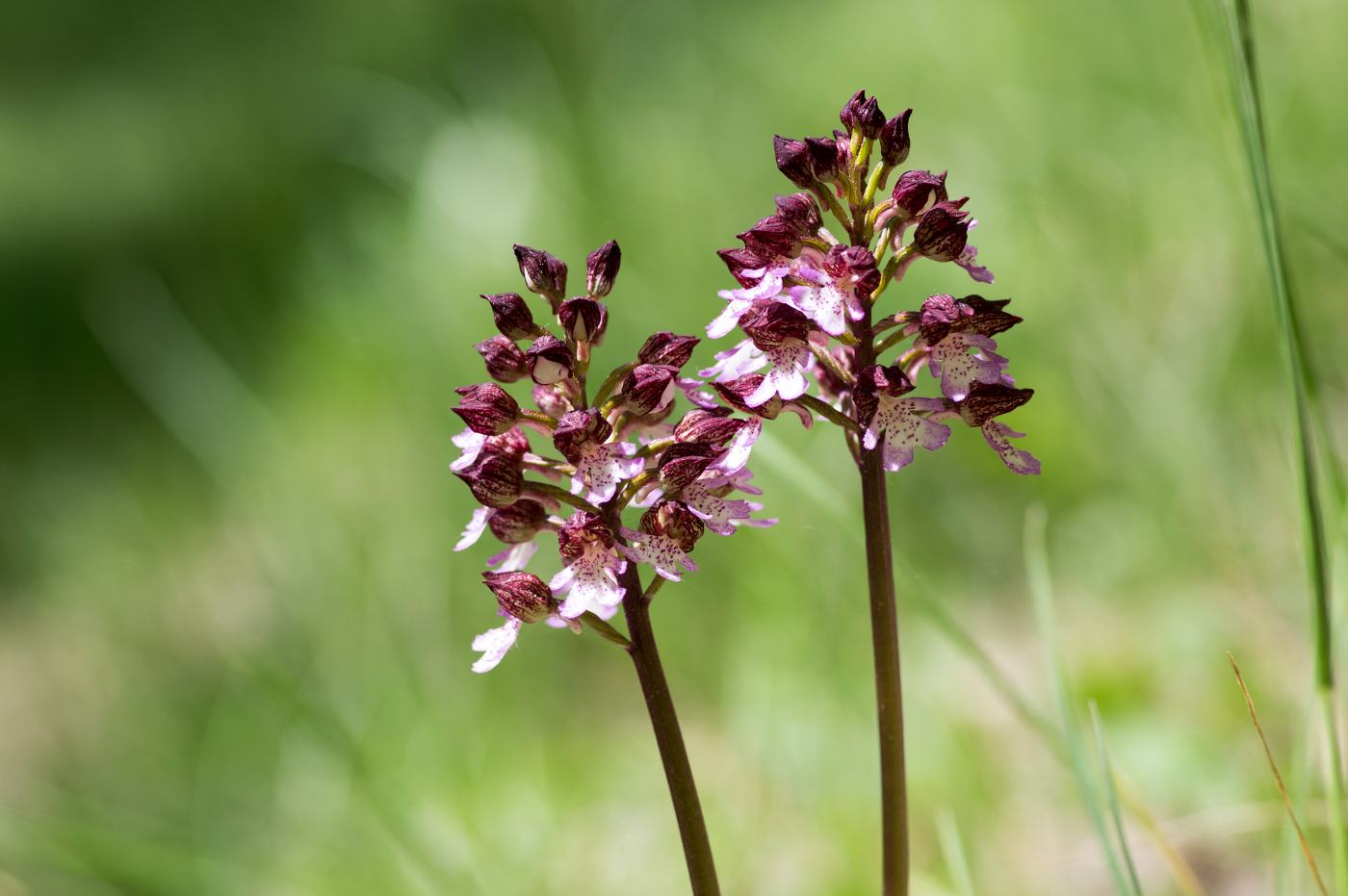In the UK, we love our countryside, gardens and plants. However, one in six woodland plants and flowers in the UK are at threat of extinction.
There are various laws in place to protect these plants, making it illegal to pick or destroy them. If you are interested in preserving these plants in the UK, then knowing more about them and how to recognise them is important.
Keep reading to find out more about some of the plants that are considered to be the most at risk. These are all listed as being either Endangered or Critically Endangered on the UK Red Data List.
Wilmott’s Whitebeam
This is a small tree with red fruits growing on it. It only grows in the Avon Gorge, and is not found anywhere else in the UK.
There are around forty remaining trees that are growing alongside other rare Sorbus species located in the Avon Gorge. This plant has always been rare and is becoming more and more endangered due to a loss of habitat of open, rocky slopes.
Overgrazing threatens the regeneration of this plant, which is why fencing out or management of livestock is one of the most crucial ways to protect it.
Spiked Rampion
As part of the bellflower family, this plant has unusual pale spikes and is associated with the Rapunzel fairytale. In the story, Rapunzel stole this plant and was imprisoned in a tower as a result. The plant is known as “white Rapunzel” in mainland Europe.
In the UK, it is only found in East Sussex, and is present in only eight sites, although it has been found in gardens elsewhere in the country. It grows along the shady edges of woodland paths and in hedge banks along roadside verges.
It’s declining due to a lack of woodland management, which is causing the shading out of habitat, but it can be preserved by coppicing to create suitable woodland glades. Ecology surveyors may look for this plant before construction projects are carried out in the areas where it is found.
Lady Orchid
This plant can be found in woodland edges and short grassland. It may also sometimes be found in open woodland, including in Kent at the Plantlife Ranscombe Farm Reserve. It’s a very rare plant to be found in the UK and favours soils that are neutral or alkaline.
This plant can grow to be up to 80cm tall and in some cases might be taller. It features stunning flower spikes with up to two hundred individual dappled purple flowers. The main reasons why this plant is declining in the UK is due to damage from slugs, along with deer overgrazing the ground flora.
The closing in of woodland canopies has also posed a risk. Maintaining open woodland conditions and monitoring the grazing of deer is the best way to manage and preserve this plant. It is on the protected list and is illegal to uproot or pick.
Yellow Birds-Nest
This plant is a saprophytic perennial herb, growing among fallen leaves in shaded woodlands, particularly hazel and beech. The entire plant is a yellow-brown colour.
It’s been declining for quite some time in the UK, with many sites lost before the 1930s. However, in recent years, it has been declining even more, mainly due to issues such as overgrazing, habitat fragmentation and differences in woodland management.
It requires careful monitoring to prevent overgrazing of sites, along with ensuring that adequate habitat for growth is provided.
Small Cow-Wheat
This is a small, annual plant that features deep yellow flowers. You are most likely to find it in humid, broadleaved, ravine-type woodlands. However, it is semi-parasitic to a wide range of other plants, with large seeds that disperse poorly and are at quite a high risk of predation.
It’s declining for a range of reasons, including trampling and grazing by livestock, afforestation and nutrient enrichment. It can be maintained and preserved by controlling aggressive ground flora and maintaining open tree canopies while providing a humid environment for growth.
Ghost Orchid
This plant is a pale orchid that was classed as extinct for a long time before a single plant was rediscovered in 2009 in the woods in Hertfordshire. Since then, it has been reclassified as Critically Endangered.
While the 2009 discovery was very small (at just 5cm high), it will usually grow tall in deep leaf litter. It was always a rare plant in the UK but has become Critically Endangered through a loss of beech wood habitat.
Maintaining the right habitat for this plant is crucial to ensure that it does not go extinct.
Green Hounds-Tongue
This is an herb that lives for a short period of time in lowland deciduous woodland edges or glades. It’s sometimes also found in hedge banks.
While the reasons for this plant’s decline are rather unclear and often not easy to record, as populations will often come and go, it is suspected to be due to a lack of glade conditions, as populations in Surrey after storms in 1987 did well. Opening up more tree canopies is suggested as a way to help this plant continue growing.
Wood Calamint
This is a rare perennial herb that has purple-pink or pink flowers. It grows in woodland edges and scrub and is only found on the Isle of Wight in a single dry chalk valley.
The flowers are on long spike stems, arranged in whorls with dark green leaves that smell minty when they are crushed. While this plant has always been restricted to one site, it has become less and less abundant there over time due to overgrowth from nettles and other smothering kinds of plants and weeds, along with a lack of coppicing.
Clearing invasive ground covers is needed to help this plant thrive.
Whether you are an avid gardener, or simply interested in preserving biodiversity, these are some of the rarest plants in the UK right now. Some have always been rare, while others are endangered due to various environmental conditions.
Images: Depositphotos

